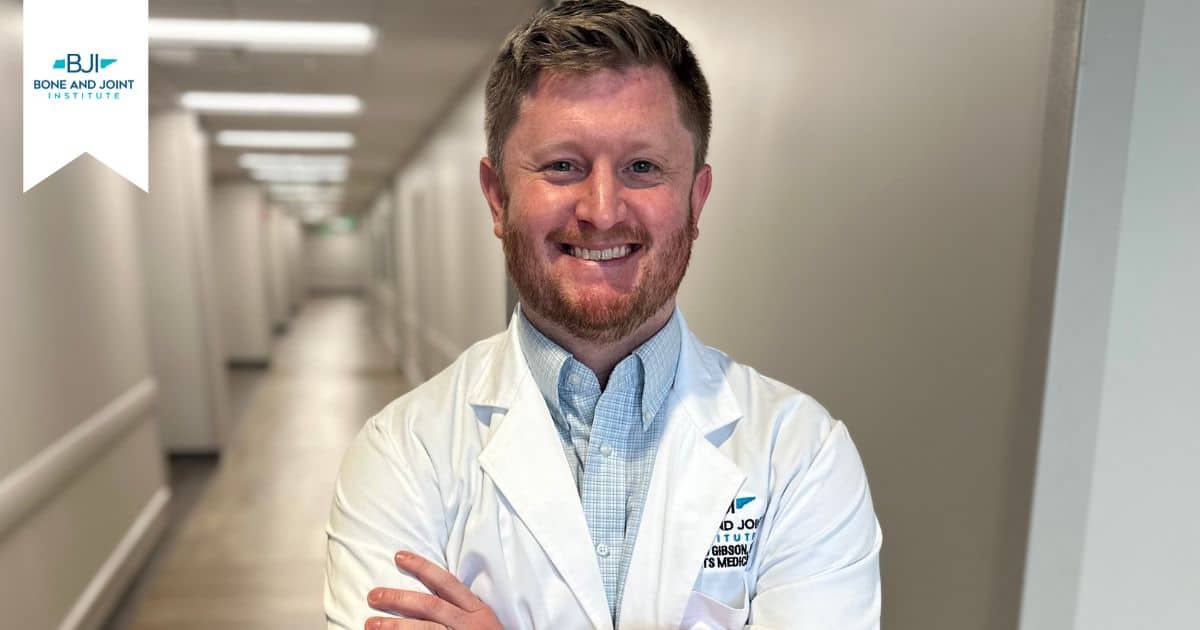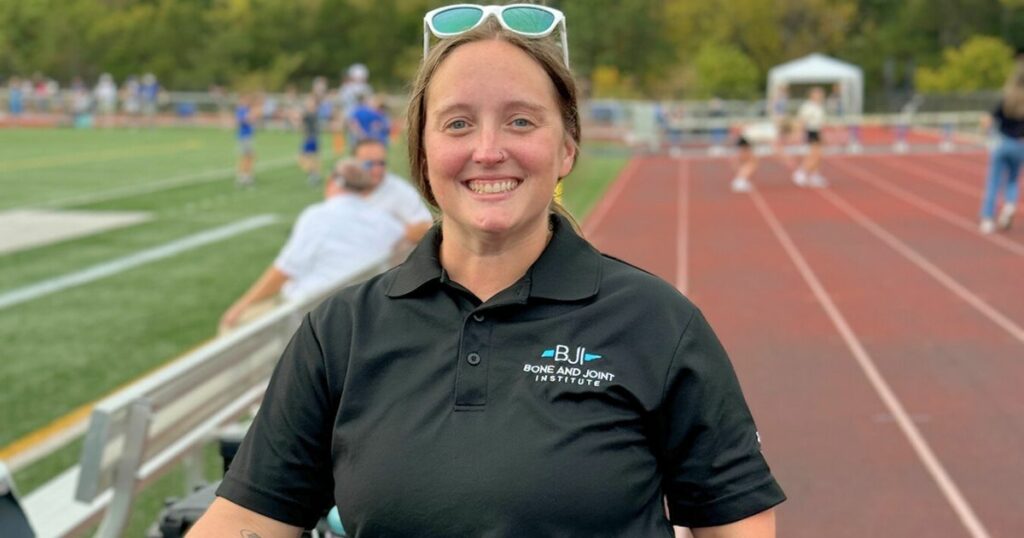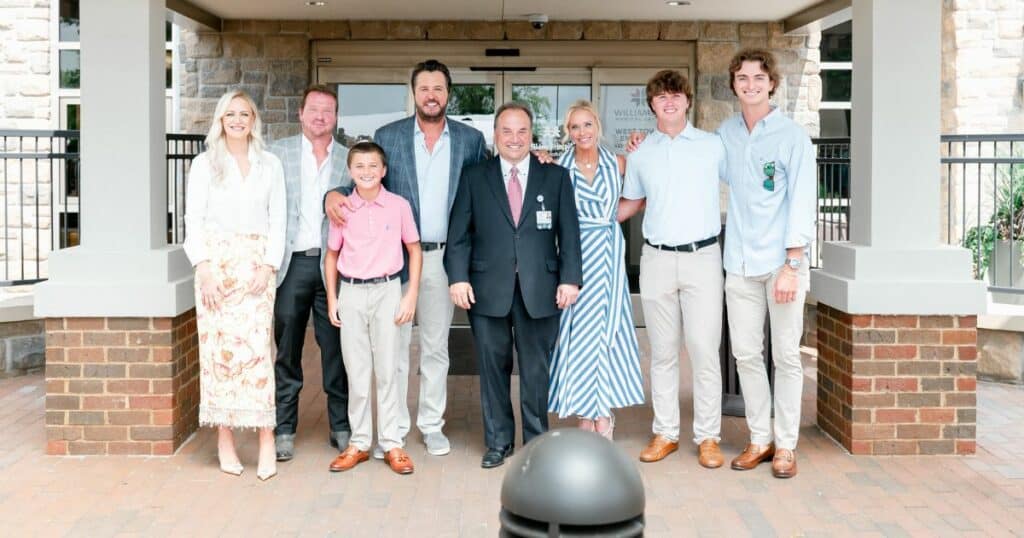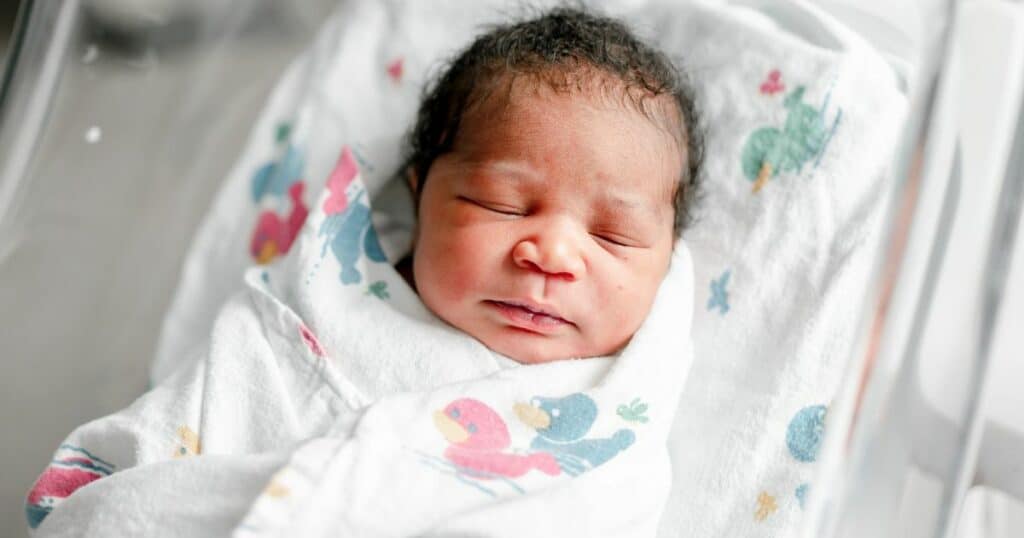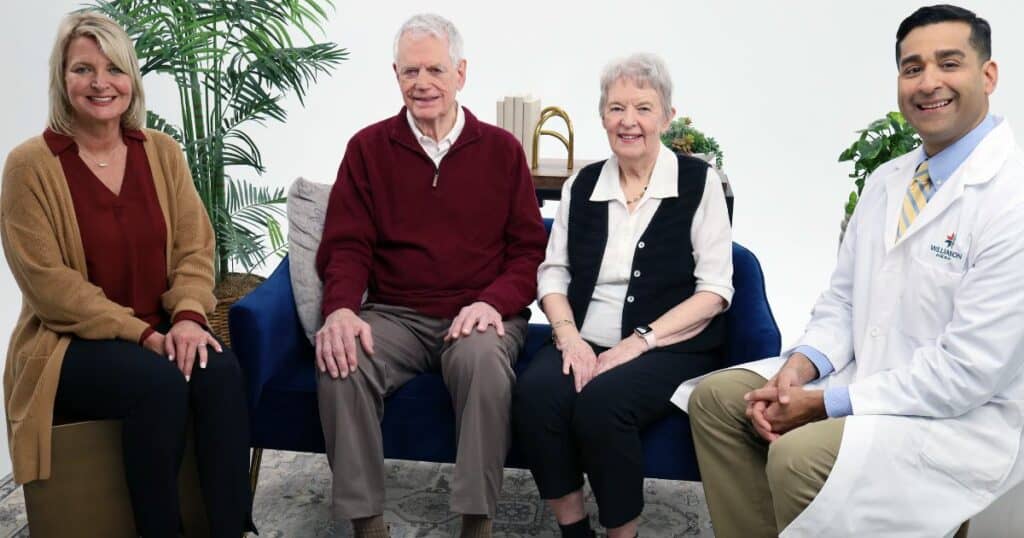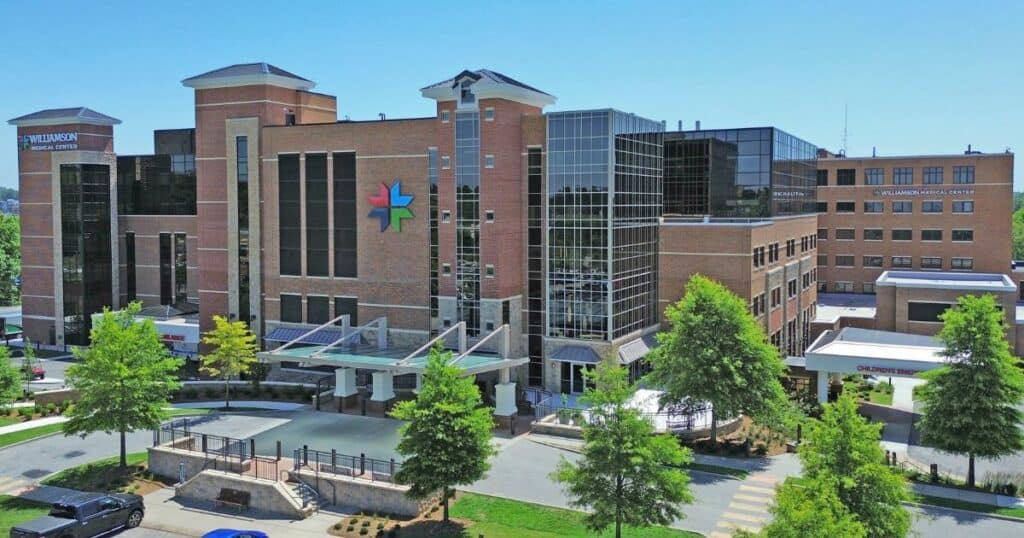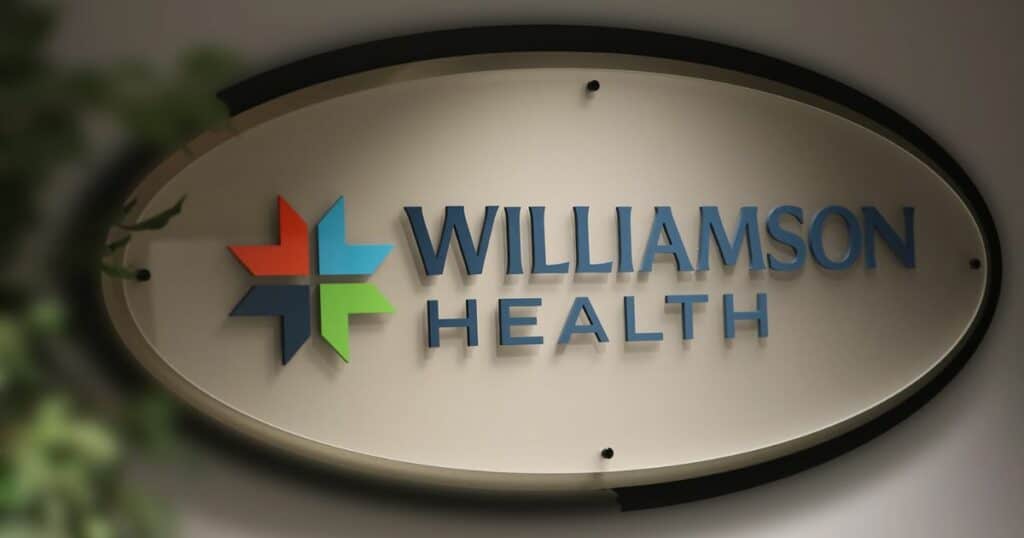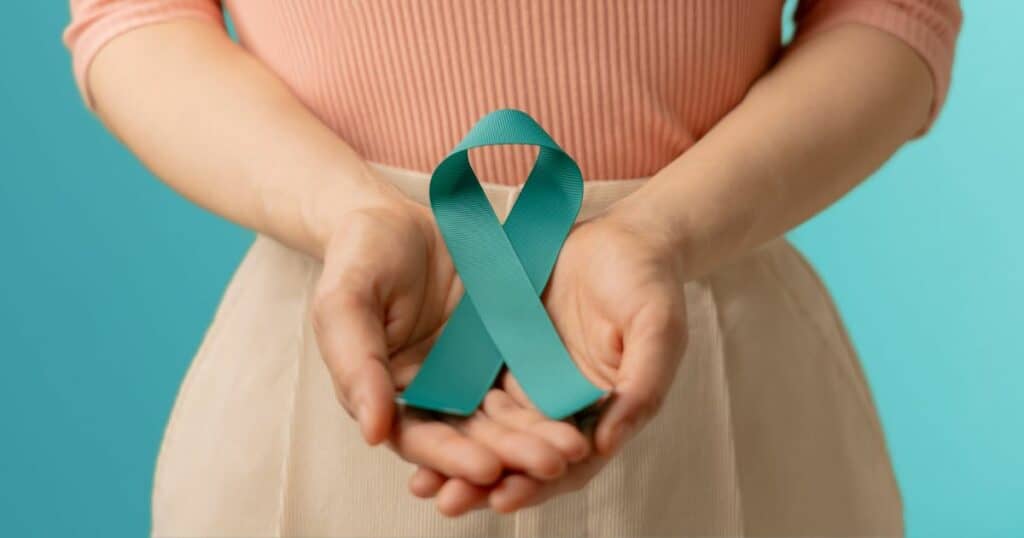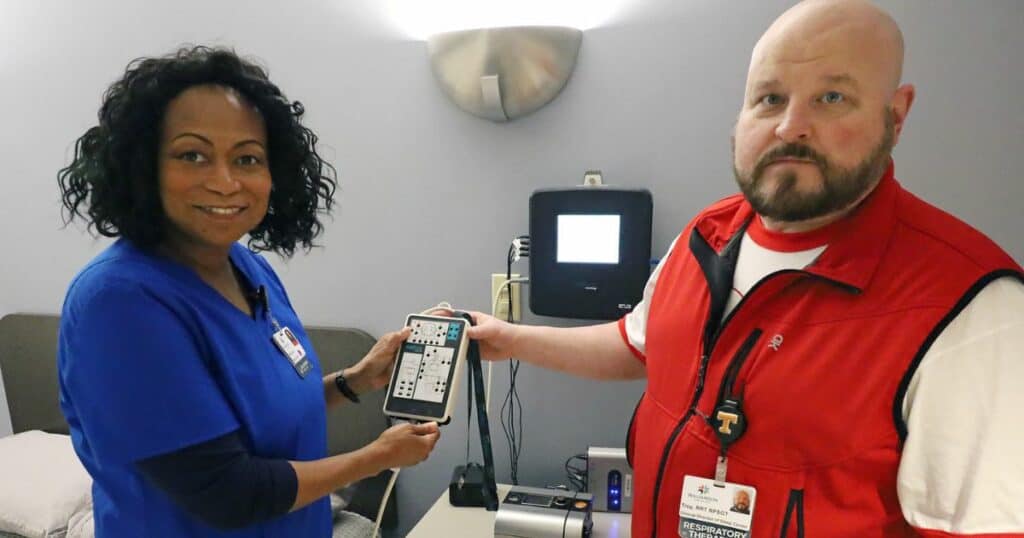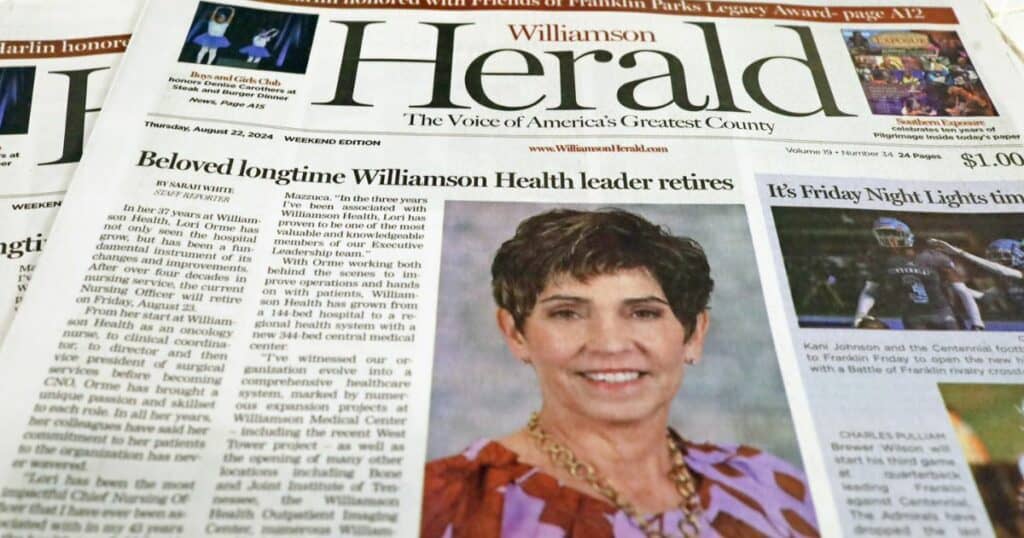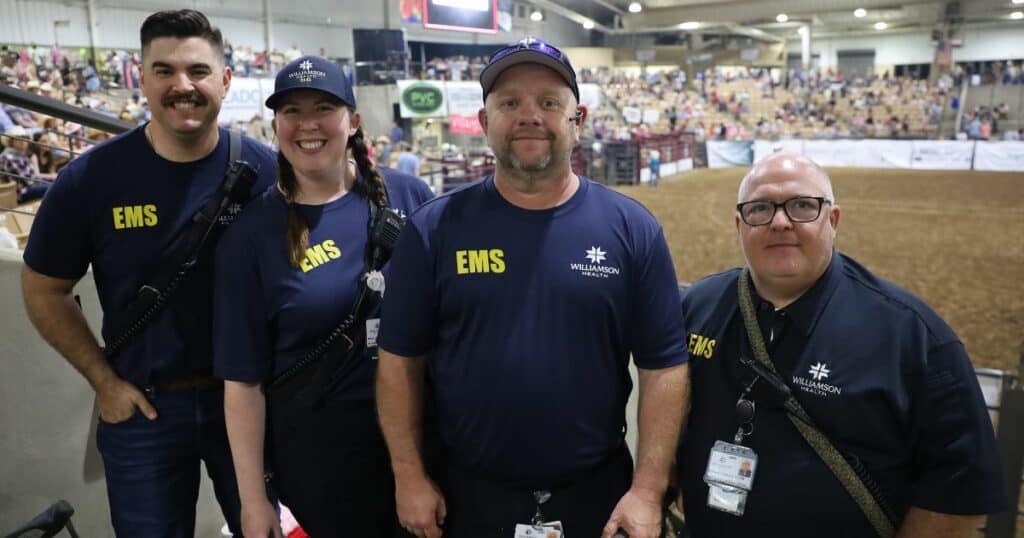Protecting Young Minds with Dr. Richard Gibson
Published: September 4, 2024
Richard Gibson, M.D., Discusses Concussion Prevention and Treatment for High School Athletes
Originally published in the Williamson Herald —
If students are to excel academically, they have to also be cared for physically. Head trauma, like concussions, can cause students to fall behind on their schoolwork as they let their brains recover. Because concussions are more common in contact sports, the team physicians at Bone and Joint Institute of Tennessee implement safety measures to prevent and treat concussions in real time.
As a team physician for Page High School and a sports medicine physician specializing in non-operative treatments, Richard Gibson, M.D., is familiar with concussion protocol.
“Although we see a lot of concussions in football, they can happen in all high-impact sports like cheerleading, volleyball, men’s lacrosse and wrestling,” said Dr. Gibson.
However common concussions may be, it’s important to understand what exactly occurs in the brain when someone suffers an injury like this. A concussion is a form of mild head trauma that occurs from direct, indirect or whiplash force to the head that causes symptoms.
“It’s a functional issue with the brain as opposed to a structural one,” said Dr. Gibson. “When someone experiences a concussion, the neural processes are slowed down, the brain is easily overstimulated and processing information can be difficult.”
In recent years, technological and procedural advancements have been made as researchers gain a deeper understanding of concussions and their treatments.
In the NFL, sensors are installed in players’ helmets to track the impact of a tackle and assess potential for head trauma.
In Williamson County, high school athletics teams work in tandem with the team physicians, athletic trainers and Emergency Medical Services, all provided by Williamson Health, to implement the latest concussion safety measures across all sports. Specifically for football, teams take precautionary measures such as no contact practice days, advanced helmets and equipment and required preseason impact tests for all high-risk sports.
“These preseason impact tests are cognitive evaluations that look at reaction time and visual and verbal memory among other things,” said Dr. Gibson. “This gives us a baseline to compare future tests to should we suspect an athlete has suffered a concussion.”
In general, it’s important to practice good technique and be cautious in any sport to minimize uncontrolled head movement, Dr. Gibson advised.
However, when concussions do occur, Dr. Gibson and his colleagues are on the sidelines of every home football game in Williamson County and available to help all student-athletes throughout the week. If an athlete takes a hit that is cause for concern, the team physician can perform a physical exam to look for signs of neurologic deficit right there on the sidelines by asking them questions about situational awareness.
“If the player appears to have a headache, balance issues, dizziness or any cognitive impairment, they are immediately pulled from the game for further evaluation,” said Dr. Gibson.
Upon referral, Dr. Gibson will perform a more thorough neurologic exam and discuss concussion treatment and protocol for return to sport with each patient.
“The best recovery for a concussion is physical and cognitive rest,” said Dr. Gibson. “This doesn’t mean you need to be confined to a dark room, but it is important to avoid overstimulation by reducing exposure to bright lights, loud noises and screen time.”
Recovering from head injuries while trying to balance schoolwork can be challenging, but Dr. Gibson and his team can also provide academic and sports-related accommodation letters for patients.
With reduced stimulation and the proper rest, students can recover from concussions and return to the sports they love soon enough. Recovery time varies by patient and severity, but can range anywhere from a few days to a few months.
Although physicians can easily diagnose and treat concussions, researchers are constantly learning more about head trauma including potential long-term effects of repeat head trauma.
“We are proud to serve our Williamson County student athletes at the Bone and Joint Institute,” said Dr. Gibson. “It’s always important to seek medical evaluation if you suspect you or someone you know might have a concussion.
To learn more or schedule an appointment, click here.
Protecting Young Minds with Dr. Richard Gibson
Richard Gibson, M.D., Discusses Concussion Prevention and Treatment for High School Athletes
Originally published in the Williamson Herald —
If students are to excel academically, they have to also be cared for physically. Head trauma, like concussions, can cause students to fall behind on their schoolwork as they let their brains recover. Because concussions are more common in contact sports, the team physicians at Bone and Joint Institute of Tennessee implement safety measures to prevent and treat concussions in real time.
As a team physician for Page High School and a sports medicine physician specializing in non-operative treatments, Richard Gibson, M.D., is familiar with concussion protocol.
“Although we see a lot of concussions in football, they can happen in all high-impact sports like cheerleading, volleyball, men’s lacrosse and wrestling,” said Dr. Gibson.
However common concussions may be, it’s important to understand what exactly occurs in the brain when someone suffers an injury like this. A concussion is a form of mild head trauma that occurs from direct, indirect or whiplash force to the head that causes symptoms.
“It’s a functional issue with the brain as opposed to a structural one,” said Dr. Gibson. “When someone experiences a concussion, the neural processes are slowed down, the brain is easily overstimulated and processing information can be difficult.”
In recent years, technological and procedural advancements have been made as researchers gain a deeper understanding of concussions and their treatments.
In the NFL, sensors are installed in players’ helmets to track the impact of a tackle and assess potential for head trauma.
In Williamson County, high school athletics teams work in tandem with the team physicians, athletic trainers and Emergency Medical Services, all provided by Williamson Health, to implement the latest concussion safety measures across all sports. Specifically for football, teams take precautionary measures such as no contact practice days, advanced helmets and equipment and required preseason impact tests for all high-risk sports.
“These preseason impact tests are cognitive evaluations that look at reaction time and visual and verbal memory among other things,” said Dr. Gibson. “This gives us a baseline to compare future tests to should we suspect an athlete has suffered a concussion.”
In general, it’s important to practice good technique and be cautious in any sport to minimize uncontrolled head movement, Dr. Gibson advised.
However, when concussions do occur, Dr. Gibson and his colleagues are on the sidelines of every home football game in Williamson County and available to help all student-athletes throughout the week. If an athlete takes a hit that is cause for concern, the team physician can perform a physical exam to look for signs of neurologic deficit right there on the sidelines by asking them questions about situational awareness.
“If the player appears to have a headache, balance issues, dizziness or any cognitive impairment, they are immediately pulled from the game for further evaluation,” said Dr. Gibson.
Upon referral, Dr. Gibson will perform a more thorough neurologic exam and discuss concussion treatment and protocol for return to sport with each patient.
“The best recovery for a concussion is physical and cognitive rest,” said Dr. Gibson. “This doesn’t mean you need to be confined to a dark room, but it is important to avoid overstimulation by reducing exposure to bright lights, loud noises and screen time.”
Recovering from head injuries while trying to balance schoolwork can be challenging, but Dr. Gibson and his team can also provide academic and sports-related accommodation letters for patients.
With reduced stimulation and the proper rest, students can recover from concussions and return to the sports they love soon enough. Recovery time varies by patient and severity, but can range anywhere from a few days to a few months.
Although physicians can easily diagnose and treat concussions, researchers are constantly learning more about head trauma including potential long-term effects of repeat head trauma.
“We are proud to serve our Williamson County student athletes at the Bone and Joint Institute,” said Dr. Gibson. “It’s always important to seek medical evaluation if you suspect you or someone you know might have a concussion.
To learn more or schedule an appointment, click here.
Published: September 4, 2024
